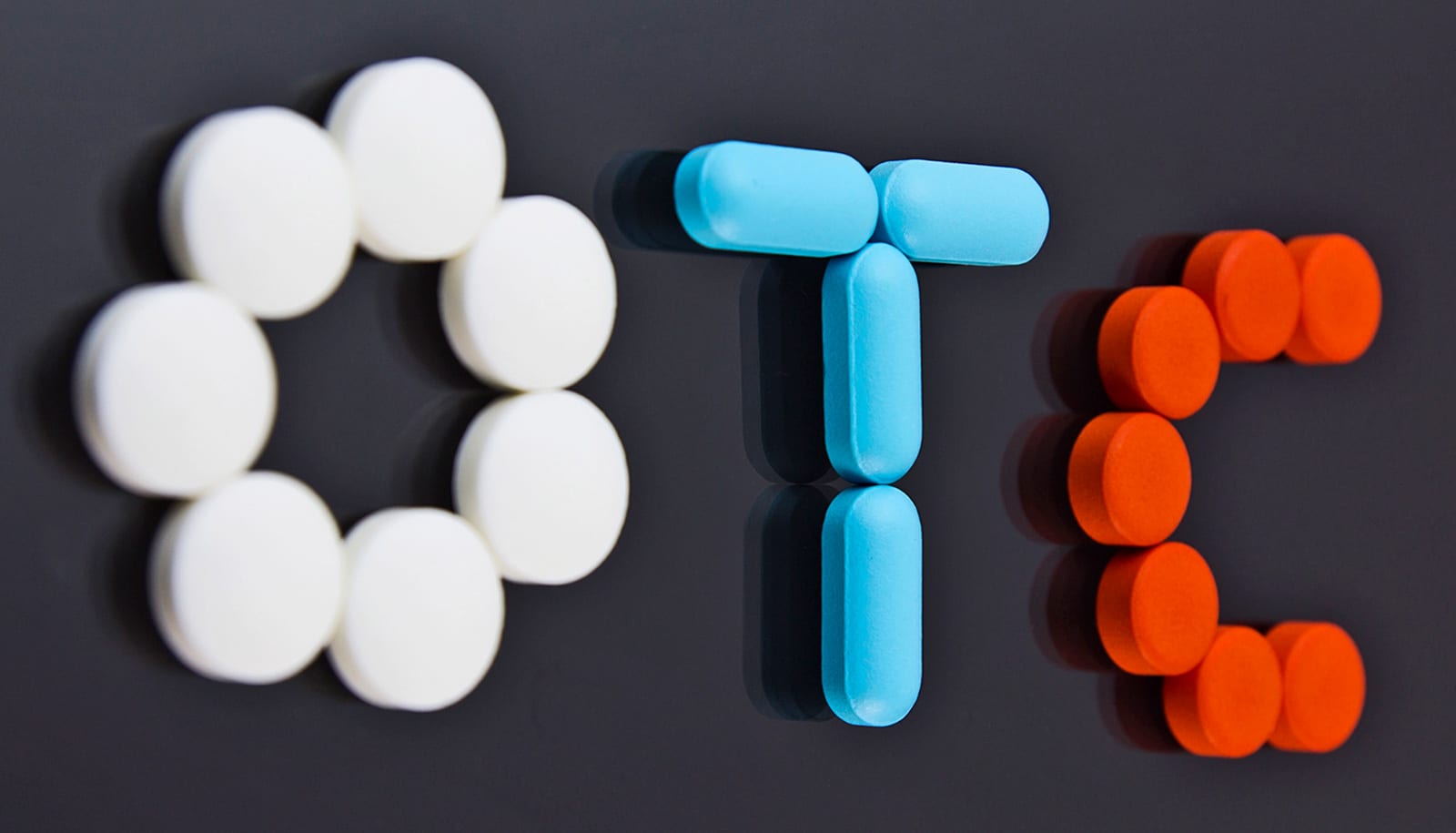Researchers have designed a mobile app called “Painimation” to improve communication about pain between patients and doctors. The app has the potential to assess and monitor pain better than previously used measurement tools.
“Many pain patients will say their pain can’t be measured on the 0-to-10 scale and that it is too challenging to describe their pain using words.”
“Currently, our only available tools for patients to communicate their pain is to either give them 0 to 10 scales or a selection of words and phrases to describe their pain, methods that have been used for more than 50 years,” says Charles Jonassaint, assistant professor of medicine, social work, and clinical and translational science at the University of Pittsburgh and lead author of the paper, which appears in the Journal of Medical Internet Research.
“Many pain patients will say their pain can’t be measured on the 0-to-10 scale and that it is too challenging to describe their pain using words. As a result, their pain is misunderstood and patients in pain may be prescribed more opioids without always knowing whether they are needed or if they are working.”
Watch an example of the Painimation app:
Painimation is an electronic assessment tool that uses animations to assess pain quality, type, and location. The app first provides patients with a selection of animations that they can use to describe the severity of their pain.
The app can then increase or decrease the animations in speed, color saturation, focus, and size to accurately match patients’ pain experience. The app also offers users the opportunity to label their pain on a human body, allowing them to identify where and how much of their body is affected by pain.
“By using animations, we have the potential to more quickly and accurately understand a person’s pain experience, and, more importantly, provide treatments that work and stop those that don’t,” Jonassaint says.
“…we can decrease the burden of long, detailed pain assessments while collecting pertinent information…”
To develop the app, Jonassaint led a team that included psychiatrists, technology designers, and anesthesiologists as they examined 202 patients with chronic pain—pain more days than not for three months or more.
Once the app was fully developed through three phases of testing, the patients used Painimation to characterize the quality and intensity of their pain, alongside the completion of the McGill Pain Questionnaire and the PainDETECT questionnaire, the current standards for assessing pain.
The results show that more than 80 percent of patients said they found the app to be enjoyable, and that they would use the app to communicate their pain with their medical care providers. Also, using Painimation was faster more than either the McGill or PainDETECT questionnaires, and provided just as much or more information about the type and cause of pain.
Decisions can be tough when you have chronic pain
“We believe using animations to measure pain can allow patients to not only describe pain sensations in a similar manner to how they experience them, but minimize potential barriers to pain assessment because the effects of language and literacy are taken out of the equation,” Jonassaint says.
“Further, we can decrease the burden of long, detailed pain assessments while collecting pertinent information on each patient’s pain experience through an easy to administer, novel, and engaging medium.”
“Painimation gives patients an opportunity to describe their pain to physicians in ways not possible with conventional pain rating scales,” says Ajay Wasan, vice chair of pain medicine and anesthesiology at UPMC.
In America, less education often means more chronic pain
“While much development works remains to be done, these early results are very encouraging to the push for better ways to describe the pain experience.”
Other coauthors are from the University of Pittsburgh, Carnegie Mellon University, and Duke University. The Virginia Kaufman Endowment Fund and the Clinical and Translational Science Institute at Pitt, the National Heart, Lung, and Blood Institute, and the Agency for Healthcare Research and Quality funded the work.
Source: University of Pittsburgh



